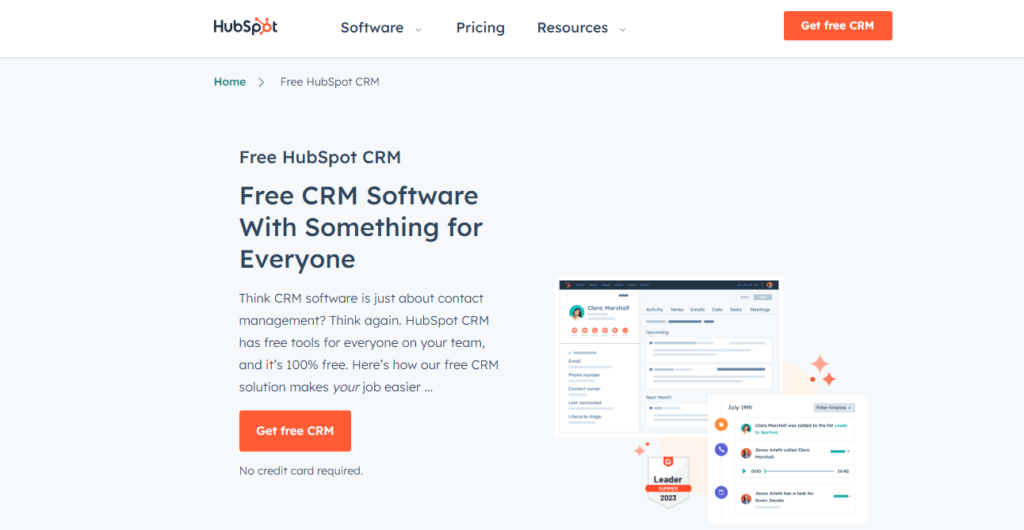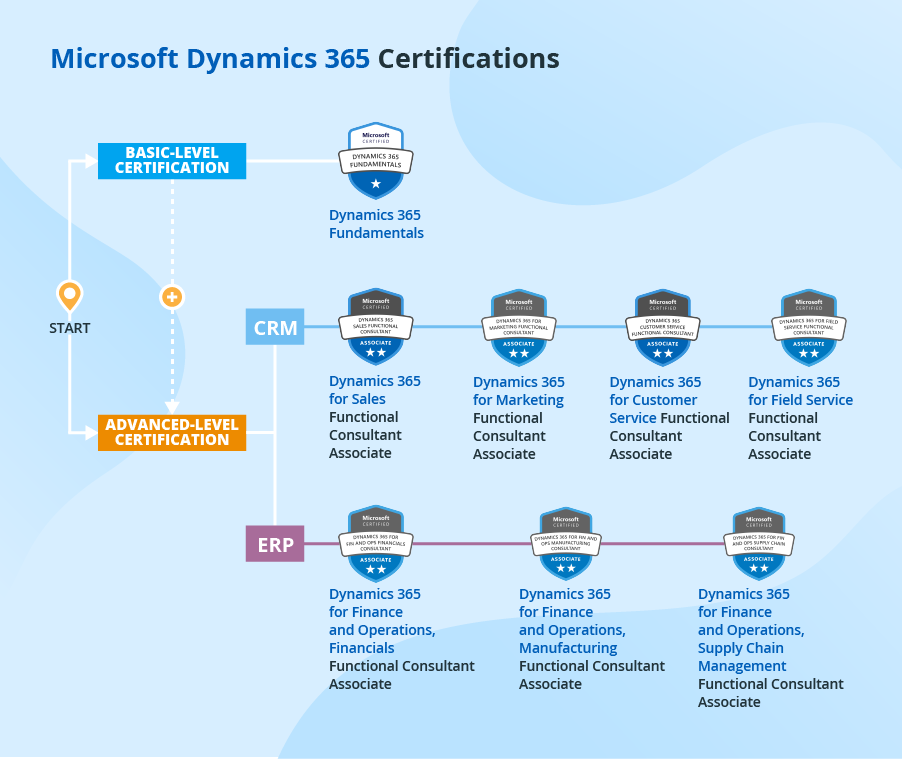The Ultimate Guide to CRM: Boosting Business Growth with Customer Relationship Management
In today’s hyper-competitive business landscape, building and maintaining strong relationships with customers is more important than ever. Enter CRM (Customer Relationship Management), a game-changing tool that helps businesses streamline interactions, improve customer satisfaction, and drive growth. But what exactly is CRM, and how can it transform your business? In this comprehensive guide, we’ll dive deep into the world of CRM, exploring its benefits, real-life applications, and expert tips to help you get the most out of this powerful system.
What is CRM?
At its core, CRM stands for Customer Relationship Management. It’s a technology-driven strategy that helps businesses manage interactions with current and potential customers. A CRM system acts as a centralized hub where you can store customer data, track communication, and analyze customer behavior to improve relationships and drive sales.
Think of CRM as your business’s memory. It remembers every interaction, preference, and purchase history, allowing you to deliver personalized experiences that keep customers coming back. Whether you’re a small business or a global enterprise, CRM can help you stay organized, efficient, and customer-focused.
Why is CRM Important?
In a world where customers have endless options, standing out requires more than just a great product or service. It’s about creating meaningful connections. Here’s why CRM is essential for modern businesses:
- Improved Customer Relationships: By centralizing customer data, CRM helps you understand your audience better, enabling personalized communication and fostering loyalty.
- Increased Sales: CRM systems track leads, automate follow-ups, and identify upselling opportunities, helping you close deals faster.
- Enhanced Productivity: Automating repetitive tasks like data entry and email reminders frees up time for your team to focus on strategic activities.
- Data-Driven Decisions: With robust analytics, CRM provides insights into customer behavior, helping you make informed business decisions.
Types of CRM Systems
Not all CRM systems are created equal. Depending on your business needs, you can choose from the following types:
1. Operational CRM
This type focuses on streamlining day-to-day operations like sales, marketing, and customer service. It automates workflows, manages leads, and tracks customer interactions to improve efficiency.
2. Analytical CRM
Analytical CRM is all about data. It collects and analyzes customer information to identify trends, predict behavior, and optimize marketing strategies.
3. Collaborative CRM
This type emphasizes communication and collaboration. It ensures that all departments (sales, marketing, support) have access to the same customer data, enabling seamless teamwork.
Real-Life Examples of CRM in Action
Let’s look at how businesses are leveraging CRM to achieve remarkable results:
Example 1: Small Business Success
A local bakery used a CRM system to track customer preferences and purchase history. By sending personalized offers and birthday discounts, they increased repeat purchases by 30% within six months.
Example 2: Enterprise-Level Efficiency
A global e-commerce company implemented an analytical CRM to analyze customer behavior. By identifying high-value customers and tailoring marketing campaigns, they boosted revenue by 20% in one year.
Key Features of a CRM System
When choosing a CRM system, look for these essential features:
- Contact Management: Store and organize customer information in one place.
- Lead Tracking: Monitor potential customers through the sales funnel.
- Task Automation: Automate repetitive tasks like email reminders and follow-ups.
- Reporting and Analytics: Gain insights into sales performance and customer behavior.
- Integration: Connect your CRM with other tools like email, social media, and accounting software.
How to Choose the Right CRM for Your Business
With so many options available, selecting the right CRM can feel overwhelming. Here’s a step-by-step guide to help you make the best choice:
1. Identify Your Needs
What are your business goals? Do you need a CRM for sales, marketing, customer service, or all three? Understanding your needs will narrow down your options.
2. Consider Your Budget
CRM systems come in all price ranges, from free versions to premium plans. Determine how much you’re willing to invest and choose a solution that offers the best value for your money.
3. Evaluate Ease of Use
A user-friendly interface is crucial for adoption. Look for a CRM that’s intuitive and easy to navigate, even for non-tech-savvy team members.
4. Check Integration Capabilities
Your CRM should seamlessly integrate with your existing tools and software. This ensures a smooth workflow and eliminates data silos.
5. Read Reviews and Testimonials
What are other users saying? Reviews and testimonials can provide valuable insights into the pros and cons of different CRM systems.
Expert Tips for Maximizing Your CRM
To get the most out of your CRM, follow these expert tips:
1. Keep Your Data Clean
Outdated or inaccurate data can undermine your efforts. Regularly update and clean your CRM database to ensure it remains a reliable resource.
2. Train Your Team
A CRM is only as good as the people using it. Invest in training to ensure your team understands how to use the system effectively.
3. Leverage Automation
Take advantage of automation features to save time and reduce errors. For example, set up automated email campaigns or reminders for follow-ups.
4. Monitor Performance
Use your CRM’s analytics tools to track key metrics like sales growth, customer retention, and campaign performance. This will help you identify areas for improvement.
Common CRM Mistakes to Avoid
Even the best CRM systems can fall short if not used correctly. Here are some common pitfalls to watch out for:
- Overcomplicating the System: Avoid adding unnecessary features or customizations that can confuse users.
- Ignoring Mobile Accessibility: In today’s mobile-first world, ensure your CRM is accessible on smartphones and tablets.
- Failing to Update: Regularly update your CRM software to take advantage of new features and security patches.
The Future of CRM
As technology evolves, so does CRM. Here are some trends shaping the future of Customer Relationship Management:
- AI-Powered Insights: Artificial intelligence is making CRM systems smarter, enabling predictive analytics and personalized recommendations.
- Omnichannel Support: Customers expect seamless experiences across multiple channels. Modern CRM systems are integrating email, social media, chat, and more to meet this demand.
- Enhanced Security: With data breaches on the rise, CRM providers are prioritizing robust security measures to protect customer information.
Conclusion: Unlock Your Business Potential with CRM
In a world where customer expectations are higher than ever, CRM is no longer a luxury—it’s a necessity. By centralizing customer data, automating tasks, and providing actionable insights, a CRM system can transform the way you do business.
Whether you’re a small business owner or a corporate executive, investing in the right CRM can help you build stronger relationships, boost sales, and stay ahead of the competition. So, what are you waiting for? Start exploring CRM solutions today and take your business to the next level!
By following this guide, you’ll not only understand the importance of CRM but also gain practical tips to implement it effectively. Remember, the key to success lies in choosing the right system, training your team, and continuously optimizing your processes. With CRM on your side, the possibilities are endless!

